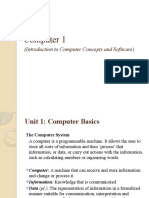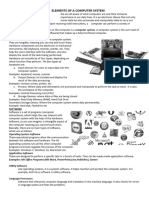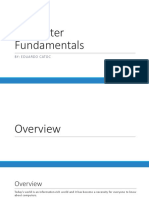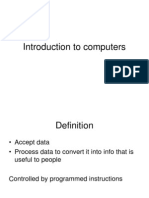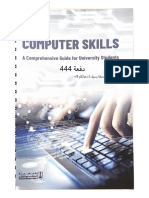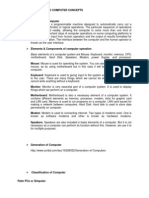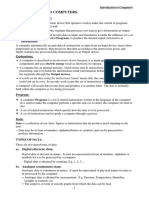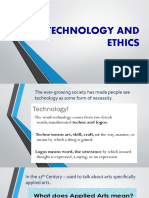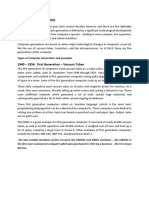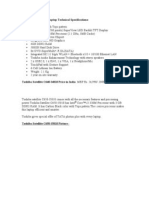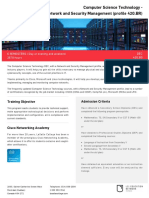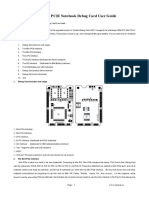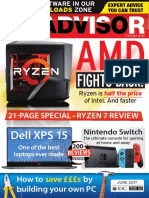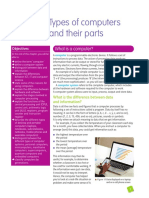0% found this document useful (0 votes)
13 views15 pagesComputer Application 2
The document provides an overview of various types of computers, including mainframe, notebook, personal, and handheld computers, highlighting their uses and characteristics. It also explains basic computer organization, hardware and software distinctions, and the roles of input and output devices. Additionally, it discusses computer memory and storage types, differentiating between primary and secondary storage.
Uploaded by
IncognitoCopyright
© © All Rights Reserved
We take content rights seriously. If you suspect this is your content, claim it here.
Available Formats
Download as PDF, TXT or read online on Scribd
0% found this document useful (0 votes)
13 views15 pagesComputer Application 2
The document provides an overview of various types of computers, including mainframe, notebook, personal, and handheld computers, highlighting their uses and characteristics. It also explains basic computer organization, hardware and software distinctions, and the roles of input and output devices. Additionally, it discusses computer memory and storage types, differentiating between primary and secondary storage.
Uploaded by
IncognitoCopyright
© © All Rights Reserved
We take content rights seriously. If you suspect this is your content, claim it here.
Available Formats
Download as PDF, TXT or read online on Scribd
/ 15



